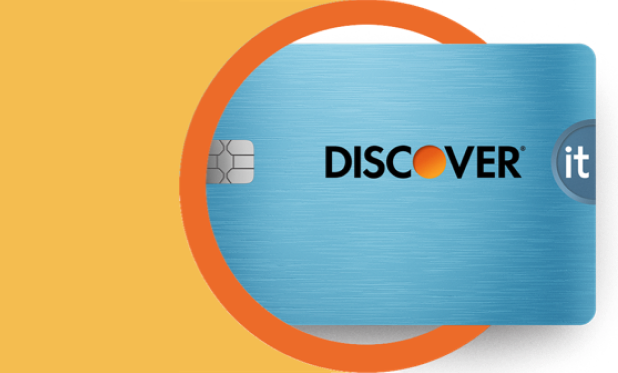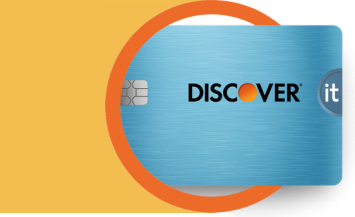A secured credit card can be a valuable option for building your credit history or improving a relatively low credit score. To open a secured credit card, you provide a small, refundable deposit that secures your credit line. Otherwise, a secured card works like a traditional credit card. By practicing excellent credit habits—making payments on time and keeping your balance low—you may build your credit history.

How to Graduate From a Secured Credit Card to Unsecured
8 min read
Last Updated: February 8, 2025
Next steps

See if you're pre-approved

View all Discover credit cards
See rates, rewards and other info
You may also be interested in
Was this article helpful?
Was this article helpful?




